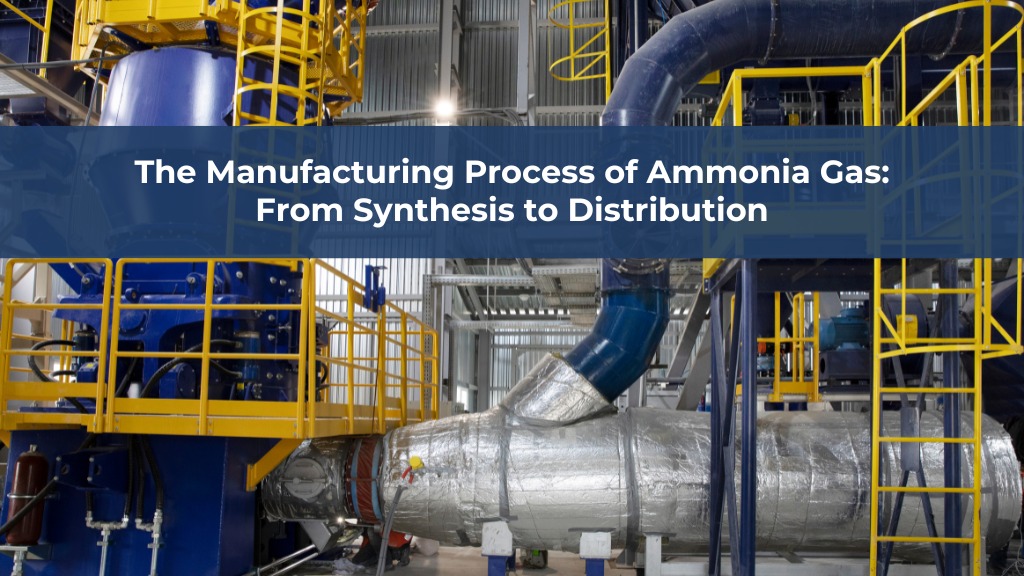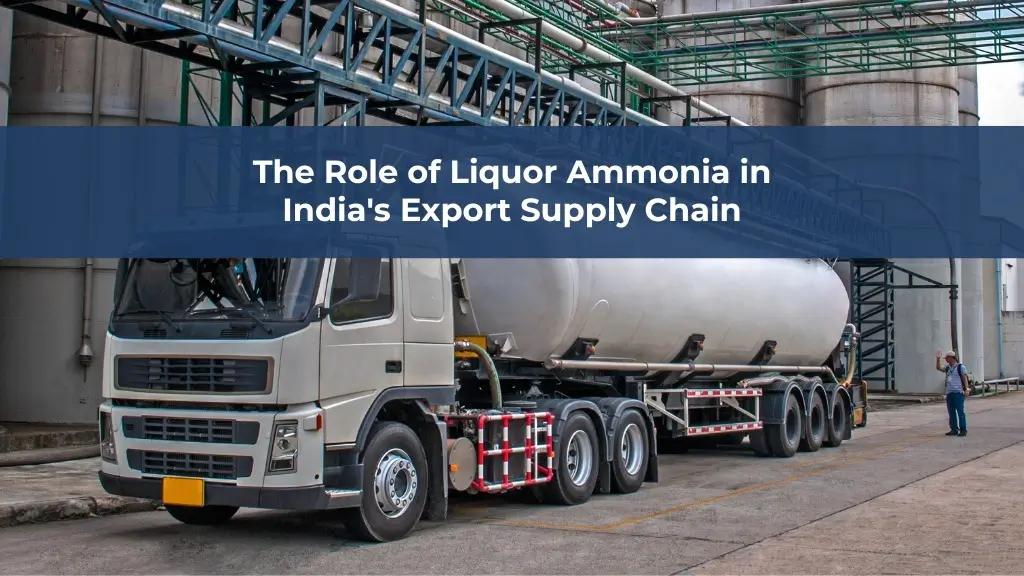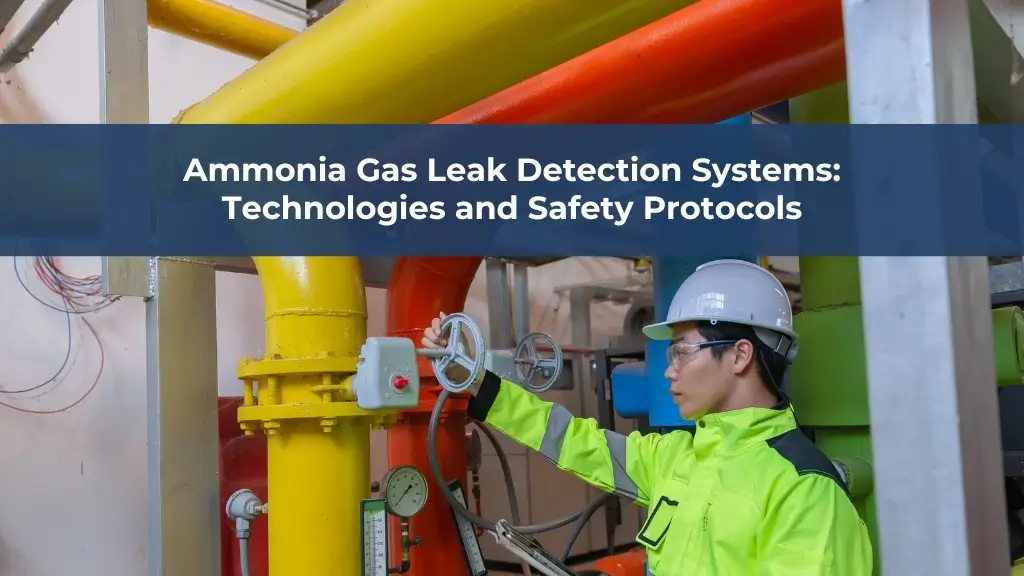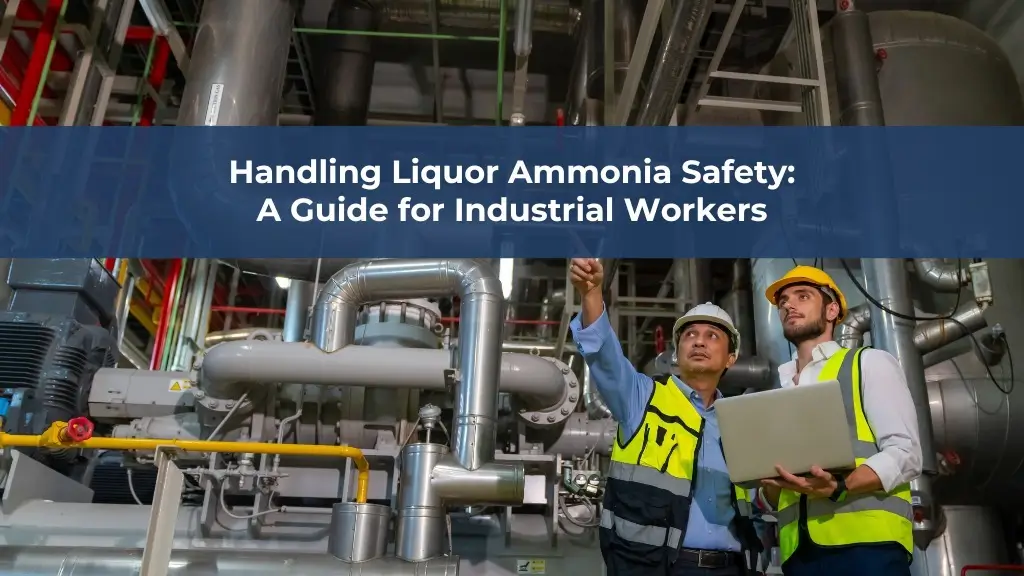Introduction
Ammonia is a critical component in various industrial applications, with its primary use in agriculture as a fertilizer. This colourless gas has widespread industrial significance, and understanding its production process is essential for businesses involved in manufacturing or distribution. The synthesis of ammonia gas is highly specialized, using advanced processes to ensure high yields while maintaining product quality. As industries increasingly focus on efficiency and sustainability, understanding the intricacies of ammonia production, storage, and transportation is key to maintaining a competitive edge.
The Chemistry Behind Ammonia Production
Ammonia’s molecular formula is NH₃, composed of one nitrogen atom and three hydrogen atoms. The primary method of synthesizing ammonia gas is through the Haber-Bosch process, where nitrogen and hydrogen react under high pressure and temperature to form ammonia. This chemical reaction is exothermic, meaning it releases energy, which further fuels the industrial process.
Raw Materials Required for Ammonia Production
Nitrogen and hydrogen are the foundational elements required for ammonia synthesis. Nitrogen is extracted from the atmosphere through air separation, while hydrogen is typically sourced from natural gas or methane through steam reforming. These raw materials are critical, and ensuring a reliable supply chain for nitrogen and hydrogen is essential for continuous ammonia production.
The Haber-Bosch Process: An Overview
The Haber-Bosch process remains the dominant method for ammonia production worldwide. The process involves the combination of nitrogen and hydrogen gases under high pressure (200–300 atmospheres) and high temperature (400–500°C), with the presence of a catalyst. For industries looking to optimize their ammonia manufacturing, controlling these variables is crucial for maximizing output and minimizing costs.
Catalysts in the Ammonia Synthesis
Catalysts play a pivotal role in speeding up the ammonia synthesis reaction. In the Haber-Bosch process, iron-based catalysts are most commonly used, but there are emerging innovations involving ruthenium-based catalysts. Utilizing high-efficiency catalysts can lower operational costs and improve ammonia yields, making it a point of focus for businesses aiming to enhance their production processes.
Operating Conditions: Temperature and Pressure
The efficiency of ammonia production depends on maintaining the correct operating conditions. High pressure favors the formation of ammonia, while the balance of temperature ensures that the reaction remains productive without causing the reverse reaction. For industries, precise control over these variables ensures optimal ammonia production rates, contributing to a more efficient manufacturing pipeline.
Ammonia Separation and Purification
Once synthesized, ammonia must be separated from unreacted gases like nitrogen and hydrogen. This is typically done through a cooling process where ammonia liquefies, while other gases remain gaseous and are recycled back into the system. Purification processes ensure that the ammonia produced is of commercial grade, meeting the stringent quality standards required for its various applications.
Storage of Ammonia Gas
Ammonia is typically stored in liquid form under high pressure or at low temperatures. The infrastructure needed to store ammonia safely is complex, requiring tanks designed to withstand its corrosive nature. Safety protocols must be strictly followed to prevent any hazardous incidents during storage, especially since ammonia is toxic if inhaled in large quantities.
Ammonia Transportation: Infrastructure and Safety
The transportation of ammonia requires specialized logistics solutions, given its hazardous nature. It is transported via pipelines, tankers, and ships in pressurized containers. Companies in the ammonia supply chain must adhere to strict safety guidelines to prevent leaks or accidents during transportation, which could lead to environmental damage or health hazards.
Environmental Impact of Ammonia Production
The Haber-Bosch process, while efficient, is energy-intensive and has a significant carbon footprint due to its reliance on natural gas. Efforts are being made to develop greener ammonia production methods, including the use of renewable energy to produce hydrogen via electrolysis. Companies aiming to reduce their environmental impact are increasingly exploring these sustainable alternatives.
Applications of Ammonia Gas
Ammonia’s most widespread use is in the production of fertilizers, critical for modern agriculture. Beyond agriculture, ammonia is utilized in industrial refrigeration systems, explosives manufacturing, and as a precursor for various chemicals. Its versatility ensures its continued demand across multiple sectors.
The Future of Ammonia Production
The future of ammonia production lies in sustainability. Green ammonia, produced using renewable energy sources like wind and solar power, is gaining traction. By replacing fossil fuels with renewable energy in the hydrogen production process, businesses can significantly reduce the environmental impact of ammonia manufacturing, aligning with global sustainability goals.
Conclusion
The ammonia production process, from synthesis to distribution, is a sophisticated blend of chemistry and engineering. While traditional methods remain efficient, the future lies in sustainable production techniques that reduce energy consumption and environmental impact. Industries involved in ammonia production and distribution must continuously innovate to remain competitive in a market increasingly focused on sustainability.













